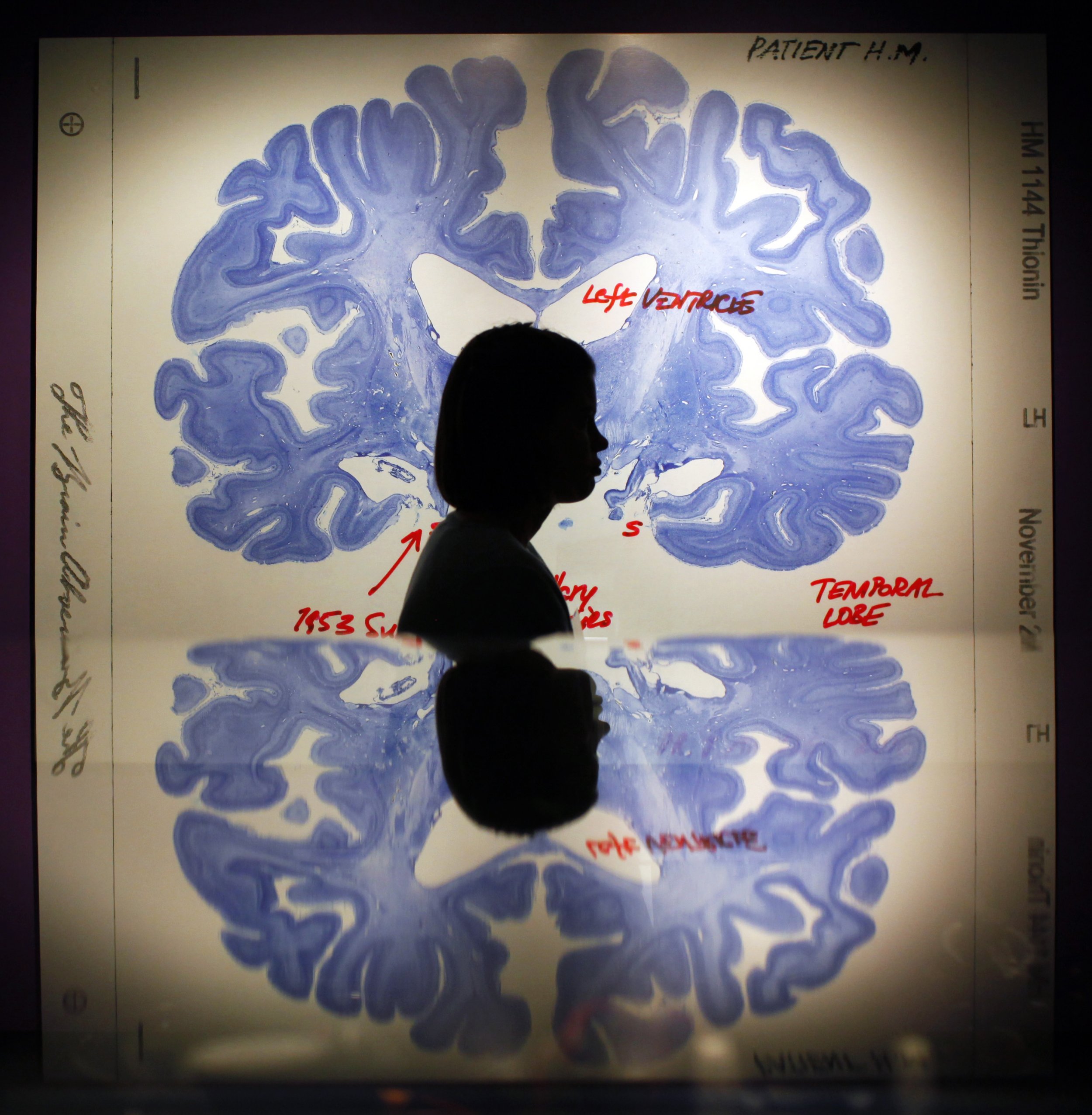
Every year, about 42.5 million American adults (or 18.2 percent of the total adult population in the United States) suffers from some mental illness, enduring conditions such as depression, bipolar disorder or schizophrenia, statistics released Friday reveal.
The data, compiled by the Substance Abuse and Mental Health Services Administration (SAMHSA), also indicate that approximately 9.3 million adults, or about 4 percent of those Americans ages 18 and up, experience "serious mental illness" – that is, their condition impedes day-to-day activities, such as going to work.
This data does not diverge greatly from the last SAMHSA report, released in 2012, which found that 45.9 million American adults, 20 percent of this demographic, experienced mental illness at least once annually. (Though there is a 1.8 percent difference, the statistics do have margins of error, and methods of compiling them are often revised, so this dip does not necessarily mean there has been a long-term decline in mental illness.)
The SAMHSA paper comes amid increasing scrutiny of the ability of America's health care system to handle issues of mental illness. For example, the American Mental Health Counselors Association released a study earlier this week claiming that adults with mental illness who live in those states electing against expanding Medicaid under Obamacare will be denied insurance. According to the study, care could be denied to up to 4 million patients.
The SAMHSA study breaks down mental illness rates by state. Perhaps surprisingly, New Jersey had the lowest national rates of overall and severe mental illness – 14.7 percent and 3.1 percent, respectively.

The states with the most mental illness?
In Utah, 22.3 percent of the adult population experienced mental illness, and in West Virginia had the most cases of severe mental illness among adults, at 5.5 percent.
It may be tempting to look at the map that accompanies the study and try to make guesses at why, say, the Pacific Northwest and the Midwest seem to suffer more from mental illness than other regions. However, because there is so much mental health illness in all the states – and lots of uncontrolled variables – it would be hard to draw any real conclusions. According to the study, "factors that potentially contribute to the variation are not well understood and need further study."
Not all psychiatric statisticians are satisfied with SAMHSA's findings, with some alleging that the agency grossly understates the prevalence of mental illness.
Ronald Kessler, McNeil Family Professor of Health Care at Harvard and expert in large scale mental illness surveys, tells Newsweek that SAMHSA's assessment of serious mental illness is "pretty good" but that he believes that the "prevalence for any mental illness is too low."
Kessler, who is familiar with SAMHSA's computational methods, said that the agency did not measure all of the ailments in the Diagnostic and Statistical Manual of Mental Disorders -- including some major ones like attention deficit disorder.
"I find it objectionable that they use this term 'any mental illness,'" he says. "What they really mean is any mental illness that they decided to measure. What they ask about is anxiety and depression and drinking and drugs, but there are many things beside that they totally ignored."'
Kessler estimates that the prevalence of mental illness might range from 25 to 30 percent of American adults. A 2011 report published by the U.S. Centers for Disease Control and Prevention pegs the number at 25 percent.
SAMHSA's statistics division disagrees with Kessler's assessment.
"This captures the majority of people suffering from mental illness in the country," Dr. Kevin Hennessy, deputy director of the Center for Behavioral Health and Statistics and Quality, tells Newsweek. According to the report, the state-level estimates are based on data collected from 92,400 adults 18 and over from the 2011 and 2012 National Surveys on Drug Use and Health. The survey itself was built around the DSM, but also includes an "improved prediction model" developed based on previous survey attempts.
Ultimately, the experts might be splitting hairs; even the state with the lowest rate of mental illness still nears 15 percent. Perhaps more importantly, only 62.9 percent of adults nationwide with serious mental illness received mental health treatment in the year they reported this illness.
Dr. Peter Delany – director of the "the government's lead agency for behavioral health statistics," the Center for Behavioral Health and Statistics and Quality, according to SAMHSA's website – tells Newsweek that the information shows policymakers, in black and white terms, that mental illness impacts a large portion of the population, regardless of statistical caveats.
"These are real people that have very serious problems," he says. "The data should be helping us think through how we want to approach helping them get services that they need."
Uncommon Knowledge
Newsweek is committed to challenging conventional wisdom and finding connections in the search for common ground.
Newsweek is committed to challenging conventional wisdom and finding connections in the search for common ground.
About the writer
Before joining Newsweek, Victoria Bekiempis worked at DNAinfo.com New York and the Village Voice. She also completed internships at news ... Read more
To read how Newsweek uses AI as a newsroom tool, Click here.








